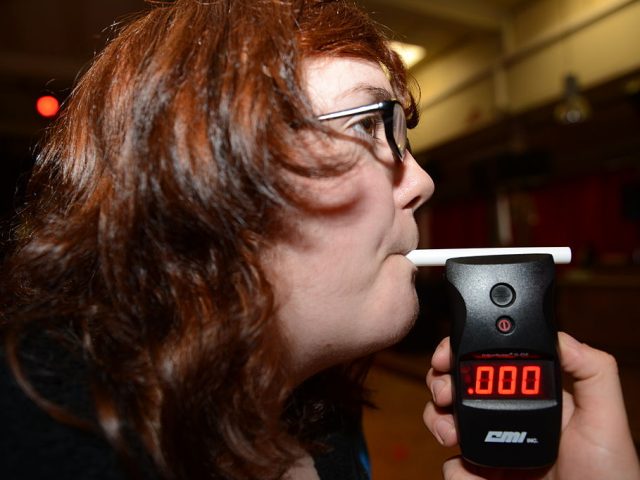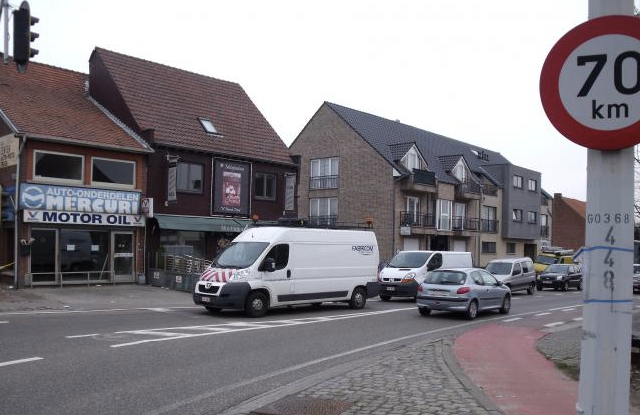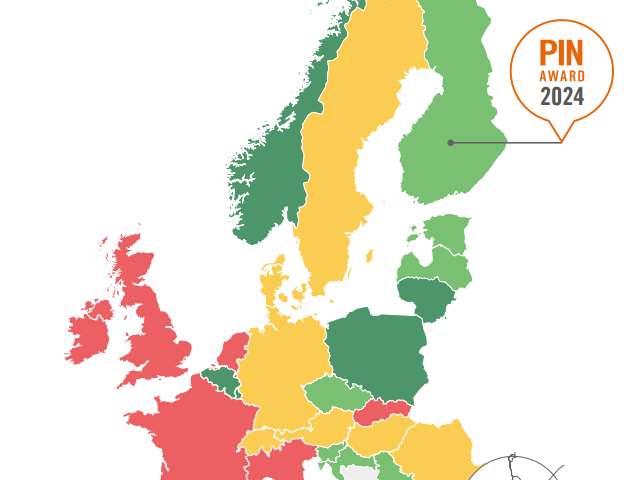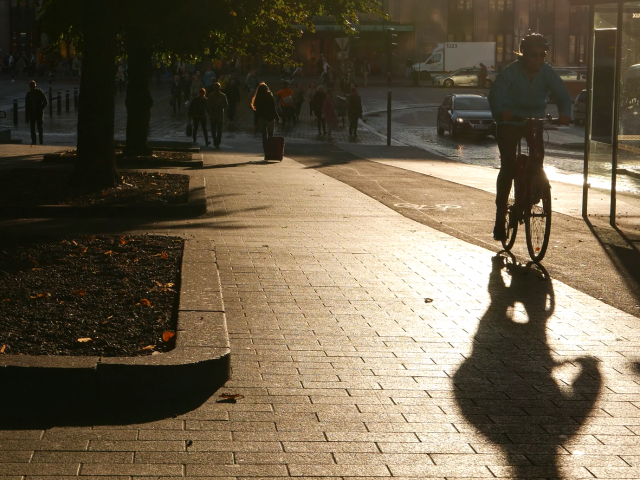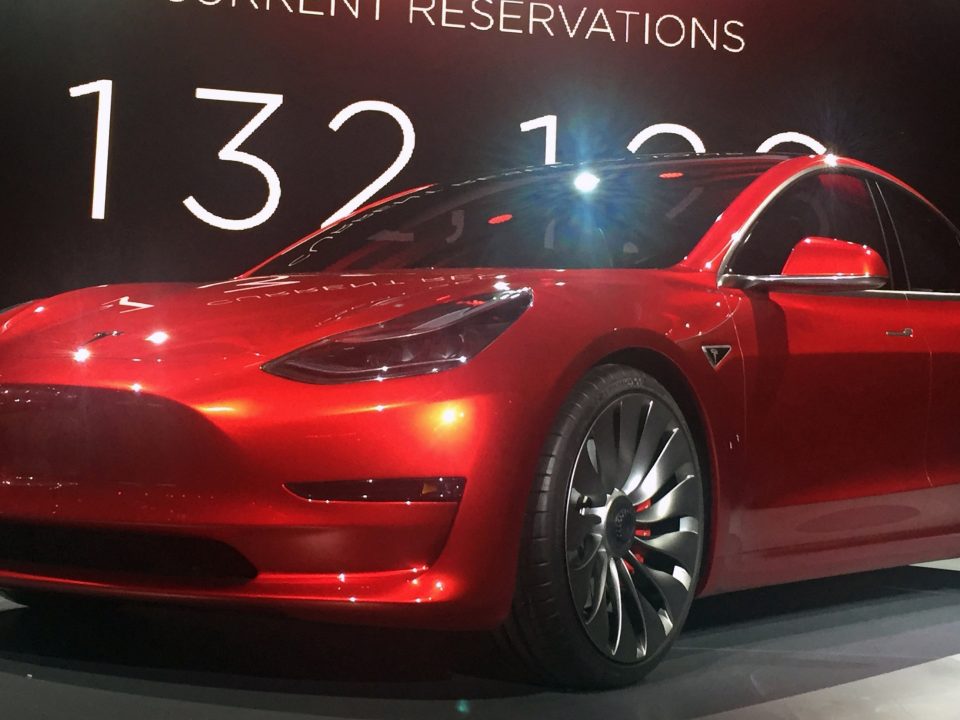
US agencies investigate Tesla Autopilot and Ford Blue Cruise deaths
Tesla’s Autopilot and Full Self-Driving features have been implicated in numerous crashes and several deaths in the United States, according to a new report by the US National Highway Traffic Safety Administration (NHTSA).
The results of an investigation published earlier this month highlighted instances where Tesla’s driver-assistance technology failed to sufficiently engage drivers in the driving task, resulting in fatal consequences. In one tragic incident from March 2023, a Tesla Model Y struck a North Carolina high school student as he alighted from a school bus. The vehicle, operating at “highway speeds,” was running Autopilot at the time. The young man suffered serious injuries.
Analysis of hundreds of similar incidents revealed a concerning pattern of driver inattention compounded by the limitations of Tesla’s technology, leading to numerous injuries and a number of deaths.
NHTSA’s investigation encompassed 956 crashes spanning from January 2018 to August 2023. Among these crashes, which included collisions with stationary objects and other vehicles, 29 deaths were recorded. The investigation also looked at 211 crashes where the Tesla’s front struck a vehicle or obstacle, resulting in 14 deaths and 49 injuries.
The investigation was prompted by a series of incidents where Tesla vehicles collided with stationary emergency vehicles, often disregarding warning measures such as warning lights and flares, particularly prevalent during night-time driving.
NHTSA’s report criticised Tesla’s Autopilot and ‘Full Self-Driving’ features for failing to adequately ensure driver engagement in the driving task. Despite Tesla’s warnings for drivers to maintain vigilance, the agency found instances of drivers becoming overly complacent and losing focus, leading to delayed reactions or inaction when faced with hazards.
Analysis of crash data revealed that, in 59 incidents, drivers had at least five seconds to react before a collision occurred, with 19 of those hazards visible for 10 seconds or more prior to impact. However, in many cases, drivers failed to take evasive action, such as braking or steering, according to NHTSA.
Furthermore, NHTSA compared Tesla’s Level 2 automation features with those of other manufacturers and found Tesla’s approach to be notably deficient, as it appears to actively discourage driver engagement in the driving task.
The use of the term “Autopilot” itself was criticised by NHTSA as potentially misleading, fostering a false sense of security among drivers. Unlike other manufacturers’ systems that employ terms like “assist”, Tesla’s branding may contribute to driver overestimation of the system’s capabilities.
Tesla issued a voluntary recall last year in response to NHTSA’s findings, deploying a software update to enhance Autopilot warnings. However, NHTSA has now launched a new investigation into the effectiveness of this recall, after safety experts raised concerns about its effectiveness.
Tesla’s EU version of autopilot differs from the version in use in the United States. But in a 2020 report, Euro NCAP said: “Tesla’s system name Autopilot is inappropriate as it suggests full automation” and “while the Tesla is equipped with an internal camera, it is not used for Driver Monitoring relying only on steering wheel input for driver engagement.” Euro NCAP said the Tesla system leads to ‘possible overreliance’.
In a related development the US National Transport Safety Board (NTSB) has opened investigations into two fatal crashes involving Ford’s Level 2 assisted driving system ‘Blue Cruise’.
ETSC has repeatedly called for an EU-level agency to investigate crashes in the EU involving level 2 assisted driving systems and sees this as a prerequisite to further expansion of automated driving in Europe. Despite these warnings, the EU recently authorised a version of Ford’s Blue Cruise system for use on EU roads. The system requires the driver to stay in control of the vehicle, but gives the impression the vehicle is in control by allowing the driver to use the system hands-free.

